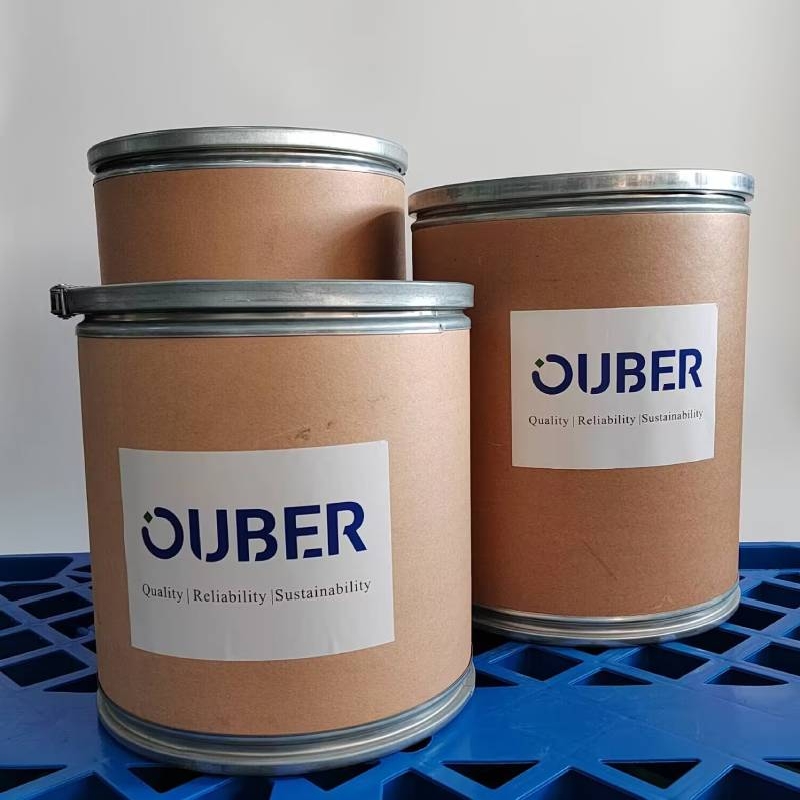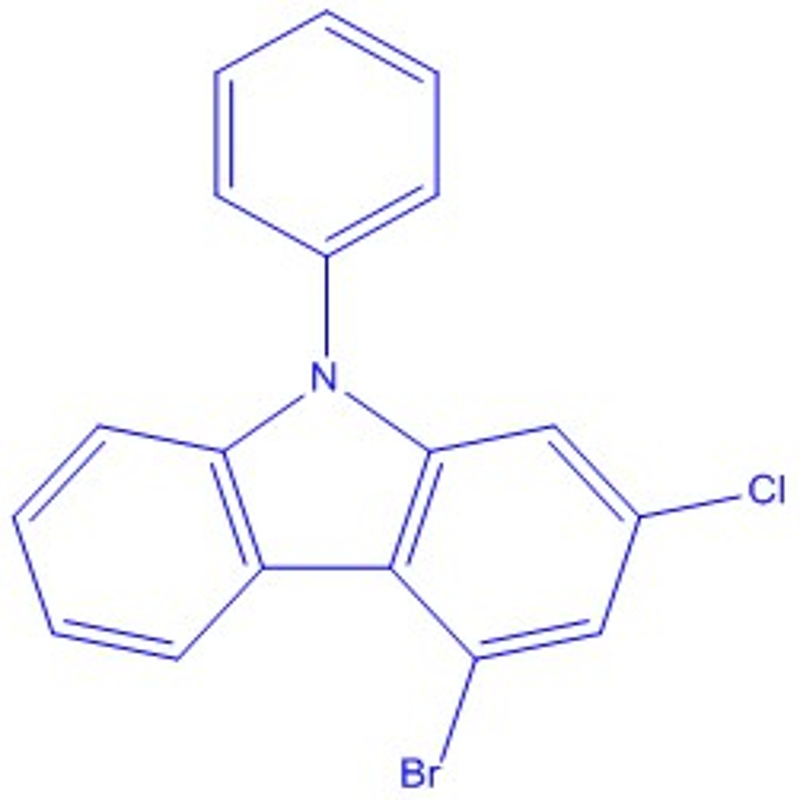-
Categories
-
Pharmaceutical Intermediates
-
Active Pharmaceutical Ingredients
-
Food Additives
- Industrial Coatings
- Agrochemicals
- Dyes and Pigments
- Surfactant
- Flavors and Fragrances
- Chemical Reagents
- Catalyst and Auxiliary
- Natural Products
- Inorganic Chemistry
-
Organic Chemistry
-
Biochemical Engineering
- Analytical Chemistry
-
Cosmetic Ingredient
- Water Treatment Chemical
-
Pharmaceutical Intermediates
Promotion
ECHEMI Mall
Wholesale
Weekly Price
Exhibition
News
-
Trade Service
Instruction of Bis-(9,9-diMethyl-9H-fluoren-2-yl)-aMine: An Essential Component in the Chemical Industry
Bis-(9,9-diMethyl-9H-fluoren-2-yl)-aMine, commonly referred to as DMFL, is a chemical compound that has emerged as an essential component in the chemical industry over the past decade.
This organic compound is widely used as a catalyst in various chemical reactions, making it an essential part of the chemical manufacturing process.
Origin and Structure of DMFL
DMFL is a synthetic organic compound that was first synthesized in the mid-20th century.
It is a member of the class of molecules known as ligands, which are small molecules that bind to metal ions or other molecules to form complexes.
DMFL has a unique structure, consisting of two cyclohexyl groups connected by an aromatic ring, with a methyl group attached to each carbon atom.
This structure gives DMFL unique properties that make it an ideal catalyst in various chemical reactions.
Uses of DMFL in the Chemical Industry
DMFL is widely used in the chemical industry as a catalyst in various chemical reactions.
It is particularly useful in reactions where the reactants are difficult to activate or where the reaction conditions are challenging.
Some of the key applications of DMFL in the chemical industry include:
1.
Polyolefin Polymerization
DMFL is widely used as a catalyst in the polymerization of olefins, which are molecules with unsaturated bonds.
Specifically, DMFL is used in the polymerization of low-density polyethylene (LDPE) and high-density polyethylene (HDPE), which are commonly used in the production of plastic bags, containers, and other products.
The use of DMFL as a catalyst in these reactions results in higher yields of polymer product and improved processing properties.
2.
Epoxide Polymerization
DMFL is also used as a catalyst in the polymerization of epoxides, which are molecules with a ring of oxygen atoms bonded to two carbon atoms.
The use of DMFL in this reaction results in improved control of the polymerization process and the ability to produce polymers with a wide range of properties.
3.
Hydride Reduction
DMFL is used as a catalyst in the hydride reduction of metalloid compounds, which involves the reduction of a metal oxide or a halide to form a metal hydride.
This reaction is widely used in the production of chemicals such as sodium hydride, which is used in various chemical synthesis reactions.
4.
Nitrobase Reduction
DMFL is also used as a catalyst in the reduction of nitrobenzene, which is a common intermediate in the production of a wide range of chemicals.
The reduction of nitrobenzene using DMFL results in improved yield and selectivity, making it an essential component in the chemical manufacturing process.
Benefits of Using DMFL
DMFL offers several benefits over other catalysts in the chemical industry, including:
1.
Improved Yield and Selectivity
The use of DMFL in various chemical reactions results in improved yield and selectivity, meaning that more of the desired product is produced and fewer unwanted byproducts are formed.
This results in a more efficient and cost-effective manufacturing process.







